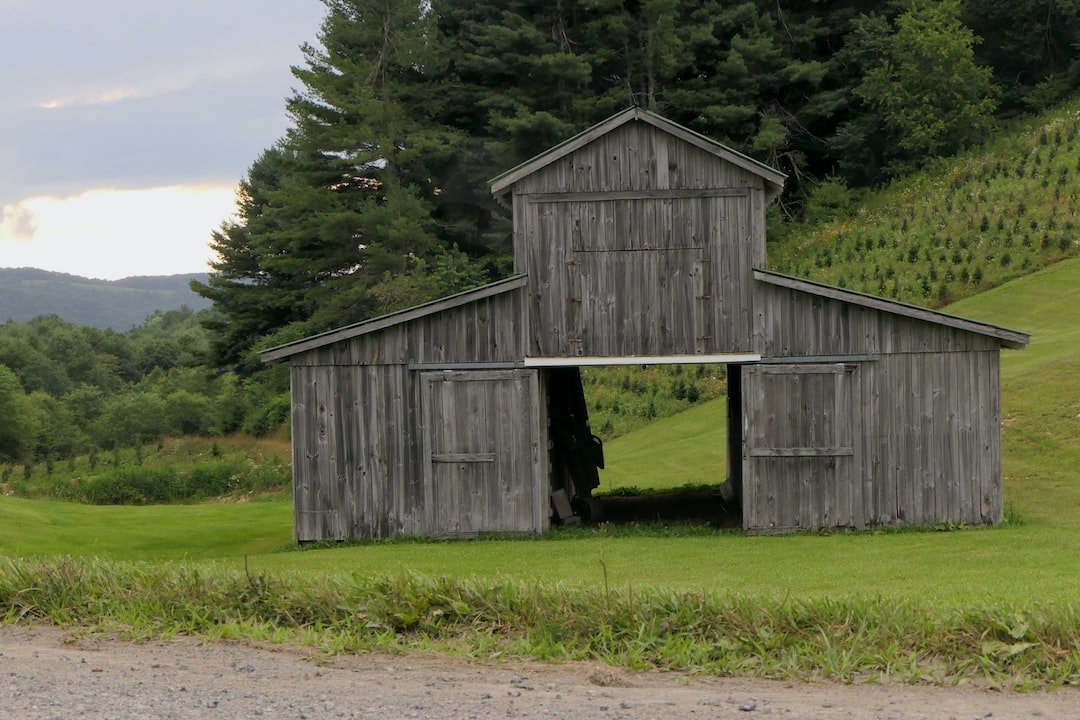Unraveling the Enigma of Barn Owls: Majestic Creatures of the Night
Category : Owl species | Sub Category : Barn owl species Posted on 2023-07-07 21:24:53

Unraveling the Enigma of Barn Owls: Majestic Creatures of the Night
Introduction:
Owls have been in folklore, literature, and art for hundreds of years. The barn owl is an icon and mysterious creature. We will explore the world of barn owls, their unique characteristics, habitat, hunting prowess, and efforts to conserve them in this post.
Understanding Barn Owls is a topic that is discussed.
Barn owls have a distinctive facial disc and brown skin. They have keen senses that allow them to navigate and hunt in darkness. Barn owls have a special adaptation of soft feathers that allows them to sneak up on their prey.
Habitat
Barn owls are found in a wide range of environments across the globe. They can be found in a variety of habitats, but they are most often associated with agricultural landscapes. Their name is a reference to their affinity for nesting in human-made structures such as barns, abandoned buildings, and even church steeples.
Hunting techniques are used.
Barn owls have evolved to be efficient predator. Their primary food source is mammals. Barn owls can locate their prey in complete darkness. The silent approach coupled with acute vision allows them to strike with unparalleled precision.
There are two things: breeding and reproduction.
Barn owls form lifelong pair bonds. They breed in the spring and summer months. Barn owls have a unique adaptation where the first-hatched chick is larger and has a better chance of survival, as it receives preferential feeding from the parents. Asynchronous hatching is a strategy that ensures the survival of at least one strong offspring in less predictable food environments.
The efforts are for conserver
Barn owl populations have been declining due to habitat loss, pesticide use, and the destruction of nest sites. Habitat creation and preservation has been the focus of the efforts. Barn owls love to breed in these artificial sites.
Conclusion
The barn owl is an animal that continues to fascinate and interest us. Their ability to thrive in a range of habitats makes them a true symbol of survival and adaptability. It's important to appreciate and protect these majestic creatures, so that they can remain in our world for future generations to enjoy.
Leave a Comment:
SEARCH
Recent News
- Zurich, Switzerland is not only known for its picturesque landscapes and vibrant culture but also for its diverse wildlife. While the city may be more commonly associated with its financial sector and luxury shopping, there are some rare and fascinating animals that call Zurich home.
- YouTube Content Creation: Showcasing Rare Animals through Translation
- If you are a nature enthusiast and love learning about rare and exotic animals, there are several YouTube channels dedicated to showcasing these fascinating creatures in their natural habitats. These channels provide a unique opportunity to educate yourself about lesser-known species and the importance of conservation efforts.
- The Importance of Developing Rare Skills Like a Rare Animal in the Workplace
- Women in Politics: Breaking Barriers and Making History
- Warsaw, the capital city of Poland, is not only known for its rich history and beautiful architecture but also for its unique and diverse wildlife. Despite being a bustling urban center, Warsaw is home to some rare and fascinating animals that can be found in various parks, forests, and reserves in and around the city.
- Vietnam is a country known for its rich culture, beautiful landscapes, and delicious cuisine. However, it is also home to a variety of rare and endangered animals that are found nowhere else in the world. In recent years, some Vietnamese businesses and companies have taken initiatives to help protect these precious species and their habitats.
- Vienna, the capital city of Austria, is known for its rich history, stunning architecture, and vibrant cultural scene. But did you know that Vienna is also home to a variety of rare and interesting animals? From exotic species at the Vienna Zoo to elusive wildlife in the surrounding countryside, there are plenty of fascinating creatures to discover in and around this beautiful city.
READ MORE
3 weeks ago Category : owlo

Zurich, Switzerland is not only known for its picturesque landscapes and vibrant culture but also for its diverse wildlife. While the city may be more commonly associated with its financial sector and luxury shopping, there are some rare and fascinating animals that call Zurich home.
Read More →3 weeks ago Category : owlo

YouTube Content Creation: Showcasing Rare Animals through Translation
Read More →3 weeks ago Category : owlo

If you are a nature enthusiast and love learning about rare and exotic animals, there are several YouTube channels dedicated to showcasing these fascinating creatures in their natural habitats. These channels provide a unique opportunity to educate yourself about lesser-known species and the importance of conservation efforts.
Read More →3 weeks ago Category : owlo
